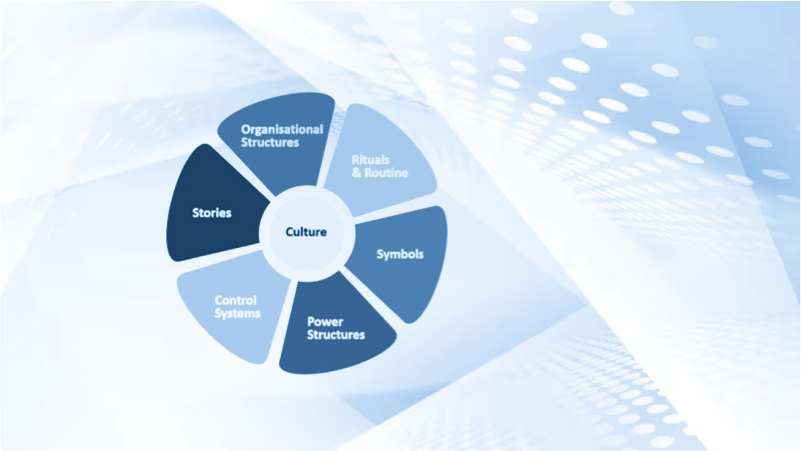Conformity, Work Culture, and Change
Conformity shapes behaviour at work, helping teams run smoothly but often silencing ideas and concerns. When people align out of fear rather than conviction, innovation and honesty suffer. The challenge is to keep useful norms while creating space for dissent and fresh thinking.

Conformity is one of the strongest forces shaping human behaviour. From an early age, we learn to fit in with those around us. The rules of acceptable conduct, often unspoken and unwritten, become internalised until we scarcely notice them. These social norms help groups function smoothly, but they also have the power to silence individual conviction, even when people know something is wrong.
Why people conform, even against their own beliefs
Psychological studies show that people often set aside their own judgement to align with others. Solomon Asch’s famous experiments in the 1950s demonstrated that participants would knowingly give the wrong answer to a simple question about the length of a line, purely because the rest of the group had done so.
This behaviour is partly about belonging. Few people relish standing out as difficult or disruptive. It is also about trust in the group. In uncertain situations, individuals assume that the majority must know better, and so fall into line. At work, where hierarchy and job security are involved, the pressure to conform can be overwhelming.
How conformity shapes the workplace
British workplaces are no exception. They operate as small societies with their own rituals and codes. Some of these are explicit, such as dress codes or the expectation of punctuality. Others are cultural and harder to name, such as whether it is acceptable to challenge a manager or to admit when you are overloaded.
Conformity in this context has advantages. Shared norms make collaboration easier. Teams that adopt common processes can coordinate quickly without endless renegotiation. Yet the darker side of conformity is also evident. Employees can be reluctant to speak up about poor practices, unethical behaviour, or unrealistic targets. The drive to belong outweighs the duty to tell the truth.
British case studies highlight this danger. Inquiries into the 2008 financial crisis revealed that staff in banks often went along with questionable practices because “that was how things were done.” Few wanted to be the lone voice warning against risk when bonuses and promotions rewarded those who complied. More recently, investigations into the Post Office Horizon scandal showed how employees and sub-postmasters were silenced, even when they knew systems were failing, because challenging authority was seen as impossible.
The consequences can be tragic. The Grenfell Tower fire inquiry has exposed a culture where conformity, complacency and failure to challenge decisions contributed to catastrophic loss of life. These are extreme cases, but they illustrate how conformity, left unchecked, can create blind spots with devastating results.
The everyday impact
Most of the time, the cost of conformity at work is less dramatic, but still harmful. A junior civil servant may avoid questioning a policy draft even when spotting a flaw. A nurse may keep quiet about unsafe staffing levels. An advertising team may all nod along with a client’s unrealistic demands rather than risk losing the account. In each case, fear of isolation or reprisal outweighs confidence in personal judgement.
This environment also damages innovation. If only one kind of voice is acceptable, good ideas die before they are heard. Many British companies pride themselves on creativity and problem-solving, but a culture of silent conformity undermines those ambitions.
What organisations can do about it
The challenge for leaders is not to remove conformity altogether, since some shared norms are essential, but to ensure that conformity does not silence important truths. A few practical steps can help.
- Make norms visible
Often, people conform without even noticing. By naming unspoken rules, leaders can open them up for discussion. For instance, a manager might say, “We tend to agree too quickly in these meetings. Let us pause to hear alternative views.” - Reward constructive dissent
If staff see colleagues being praised for raising concerns, they will learn that it is safe to do so themselves. In the UK's NHS, for example, some trusts have introduced “Freedom to Speak Up Guardians” whose role is to support staff who raise patient safety concerns. - Create structured disagreement
Techniques such as appointing a “devil’s advocate” in every meeting or holding “red team” reviews allow dissenting views to be expressed without fear of being branded uncooperative. - Model vulnerability at the top
Leaders who admit when they are wrong or publicly change their minds signal that conformity is not mandatory. When a senior figure demonstrates openness, it sets a tone of psychological safety for the whole organisation. - Balance standardisation with autonomy
Some processes require strict adherence, such as compliance with health and safety rules. But in areas of judgement or creativity, employees should feel free to think differently. A balance between consistency and independence is key. - Check alignment with values
Organisations should ask regularly whether their current norms reflect their stated values. If inclusivity and integrity are central to the mission, then a culture of silence cannot be allowed to persist.
Moving forward
The workplace is steeped in traditions of hierarchy and understatement, which can make conformity particularly strong. Yet change is possible. By becoming conscious of how norms operate, encouraging open dialogue, and rewarding those who speak up, organisations can preserve the benefits of cohesion without falling into the traps of groupthink or silence.
In the end, the most effective workplaces are those where employees feel they can contribute honestly without fear of exclusion. Conformity will always exist, but it need not be the enemy of truth or innovation.
You may also enjoy:




